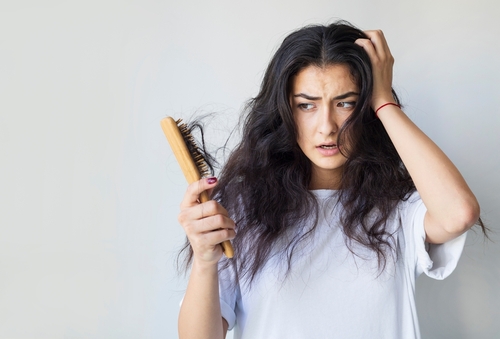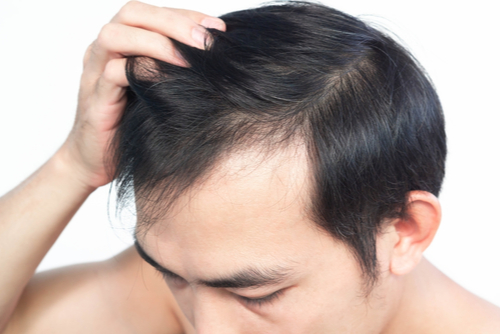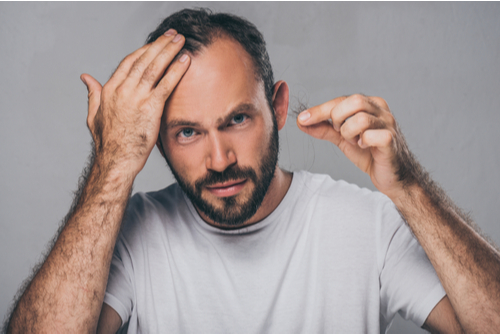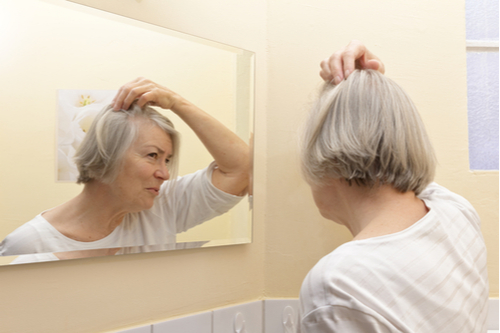
Hair transplant surgery—while much less invasive and more effective than it used to be—patients usually want to explore options other than hair transplantation. Unfortunately, at a certain point of hair loss, a hair transplant becomes the only effective option. However, if you have not yet reached that point, there are several non-surgical options. So, “What can I do instead of hair transplant surgery?”
The first option is topical treatments. This usually comes in the form of specialized shampoos, or a foam you apply once a day. These options are effective for people who have not seen extensive hair loss, but are in the early stages. They are commonly used with other non-surgical options.
PRP and PRF hair restoration is the next step up. This involves realigning your growth factors so that you have more in the skin of your scalp. From there, this can help repair damaged hair follicles and slow the progression of hair loss. Many patients will undergo these treatments while using a topical treatment.
More recent studies have shown that low level laser therapy has shown promise in promoting hair growth. Though, it may be a better used as a supplement than as a sole hair restoration treatment.
To learn more and schedule a consultation, call us at 206-279-2112. You can also reach out online via chat or contact form.









